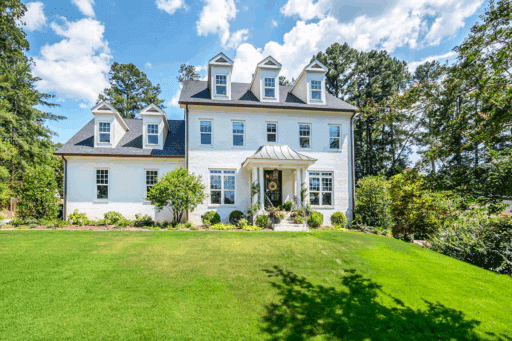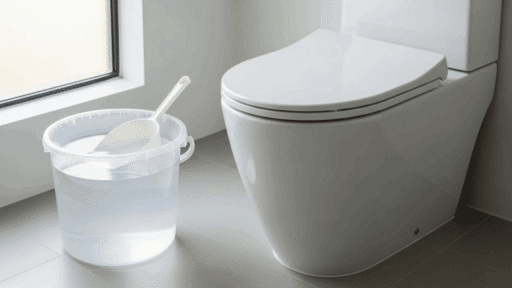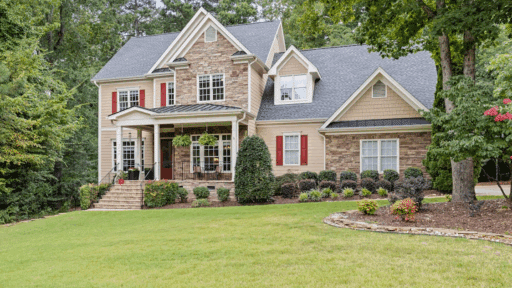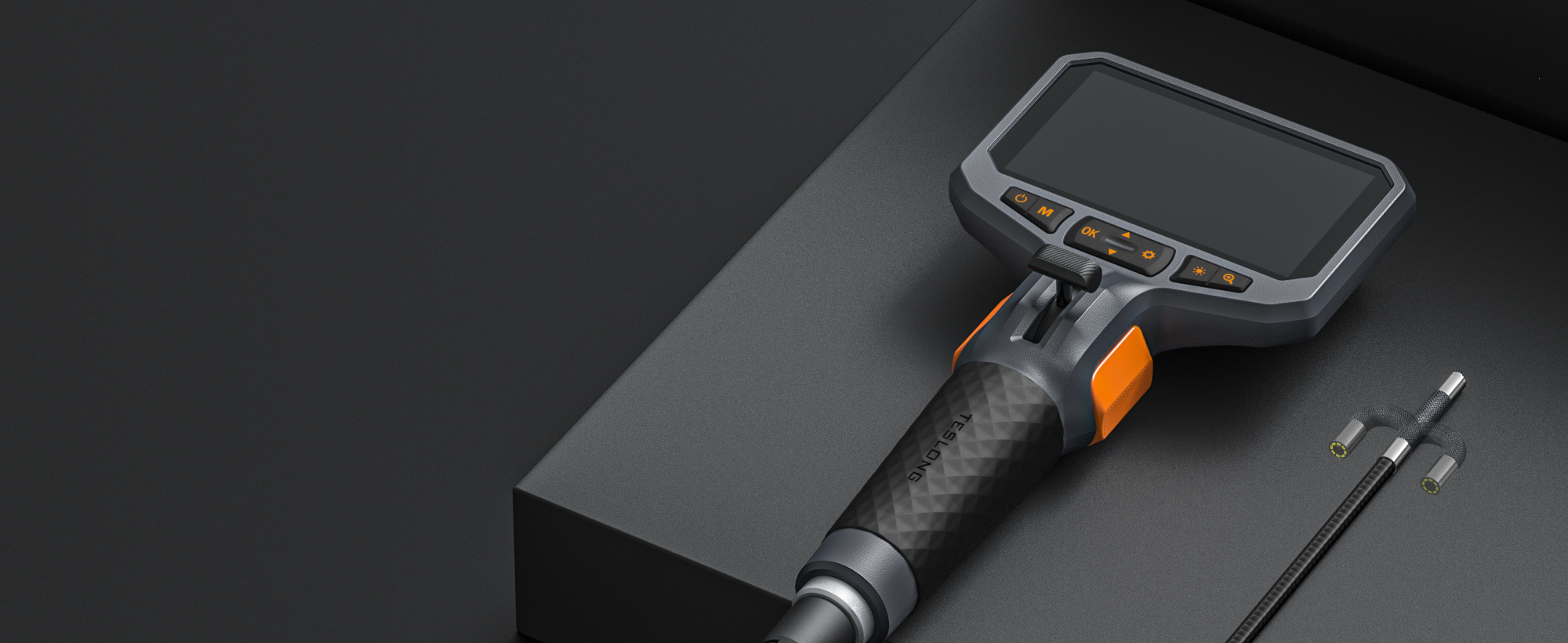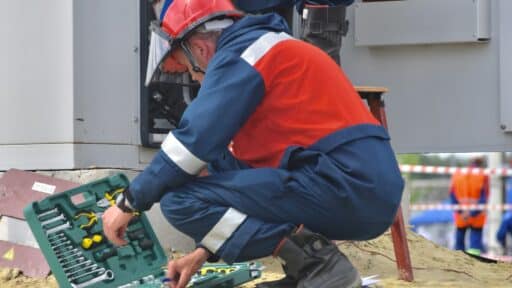Regular upkeep helps prevent small issues from growing into expensive problems. Keeping a property in good condition takes consistent care and planning, especially in Madison, WI, where cold winters and humid summers can take their toll. A thoughtful approach to long-term care doesn’t just preserve structure. It also improves comfort and value. Local climate conditions make it important to focus on areas most affected by weather changes, like roofs, siding, and insulation.
Here are some practical ways to protect what you’ve built, extending durability while helping your space look and feel its best year after year:
Start with Regular Inspections
The simplest way to prevent major expenses is to identify minor problems early. Seasonal checkups can make a difference. Look for cracked caulking, water stains, loose shingles, or drafty windows. Inside, inspect walls and ceilings for signs of dampness or discoloration. Scheduling a quick look around every few months allows you to handle small fixes before they become large projects. The changing temperatures can lead to wear in unexpected places, so consistency matters more than perfection. Writing down findings in a checklist or digital note can help track progress and make it easier to schedule needed work on time.
Focus on Roofing Repairs and Replacement
The roof is one of the most vital parts of any structure in Madison, WI, where snow, ice, and rain can test durability. Local companies can provide complete evaluations to identify damage, improve longevity, and offer energy-efficient solutions. They use sturdy materials designed to handle regional weather, offering full installation and replacement services. Choosing a team that understands local codes and weather demands helps residents feel confident about long-term protection. Madison roof replacement specialists can also recommend ventilation improvements and protective coatings to prevent leaks. Investing in these updates adds stability. All these upgrades can help improve property value and reduce the likelihood of costly future issues.
Keep Gutters and Drainage Systems Clear
Blocked channels can lead to water pooling around foundations, which causes cracks and leaks. Cleaning them before each season keeps runoff flowing smoothly, preventing moisture buildup near walls. In areas with heavy snowfall, it’s smart to check downspouts to confirm that water moves away from the structure. Installing guards or mesh filters can reduce the frequency of clogs caused by leaves or debris. You don’t need fancy equipment—just a sturdy ladder, gloves, and a bucket. Consistent clearing after storms or during fall helps prevent structural problems, keeping the surrounding area stable and free from erosion caused by standing water.
Protect Your Home’s Exterior
Rain, wind, and sun exposure can gradually weaken outer surfaces. Repainting, sealing joints, and repairing siding can help keep moisture from seeping in. For added durability, use coatings or materials rated for cold and damp conditions. Pressure washing at least once a year removes grime that can cause fading. Replacing cracked boards or panels right away reduces the risk of larger issues later. Seasonal freezing and thawing can cause expansion that leads to small gaps, so attention to detail matters. Regular checks during spring and fall allow you to spot problems early and keep your structure strong through the seasons.
Maintain HVAC Systems for Comfort and Efficiency
Heating and cooling units work hardest when temperatures shift, so routine care is key. Changing filters every one to two months improves air quality and prevents airflow blockages. Schedule a tune-up twice a year—before winter and summer—to keep the system running smoothly. Technicians can test airflow, inspect ductwork, and adjust settings for energy savings. Maintaining proper humidity levels also helps reduce strain on the system. Clean vents regularly and clear any debris from around outdoor units to prevent restricted airflow. These simple steps can make rooms feel more comfortable year-round while keeping energy costs under control.
Check Plumbing and Water Fixtures
Even a slow drip can waste gallons over time. Inspect faucets, showerheads, and visible connections for leaks. During freezing weather, insulate exposed pipes to avoid bursts that lead to expensive cleanup. Keep an eye on the water heater—flushing it annually removes sediment that reduces efficiency. It’s also smart to know where the shutoff valve is in case of an emergency. In older homes, plumbing materials may wear faster, so routine checks prevent hidden damage. If water pressure changes or stains appear near ceilings, act quickly. Small steps like tightening joints or replacing washers can save major repair bills later.
Upgrade Insulation and Windows
Energy-efficient materials help stabilize indoor temperature and lower heating bills. Adding insulation in attics and basements reduces heat loss, especially during long winters. Consider double- or triple-pane windows to keep drafts out and prevent condensation. Weatherstripping around frames stops cold air from entering and keeps warm air inside. If you notice frost on interior glass or fluctuating room temperatures, it may be time for an upgrade. These changes not only make living spaces more comfortable but also raise resale value. Improved insulation can reduce strain on heating and cooling systems, allowing them to work more effectively and last longer.
Maintain Curb Appeal
Keeping the front area tidy makes a strong impression and reflects consistent care. Trim shrubs, clear walkways, and refresh paint on fences or railings. Outdoor lighting adds both beauty and safety, highlighting pathways while reducing accidents at night. Replace broken bulbs and clean fixtures often. Maintaining driveways and steps also matters—seal small cracks to stop ice from forming in winter. While these touches might seem cosmetic, they signal attentive ownership. A neat exterior boosts confidence in the property’s overall condition, attracting potential buyers if you ever decide to sell in the future.
Consistent attention helps protect your investment, keeping it strong and comfortable for years. In places where weather patterns can be tough, proactive care prevents the wear that leads to expensive projects. Regular inspections, roofing attention, and smart upgrades all contribute to long-term stability and value. Every small action counts, from cleaning drains to sealing gaps, to keep the structure resilient through changing seasons. Taking time to stay ahead of problems allows you to enjoy peace of mind and lasting comfort in a home that continues to hold up over time.

